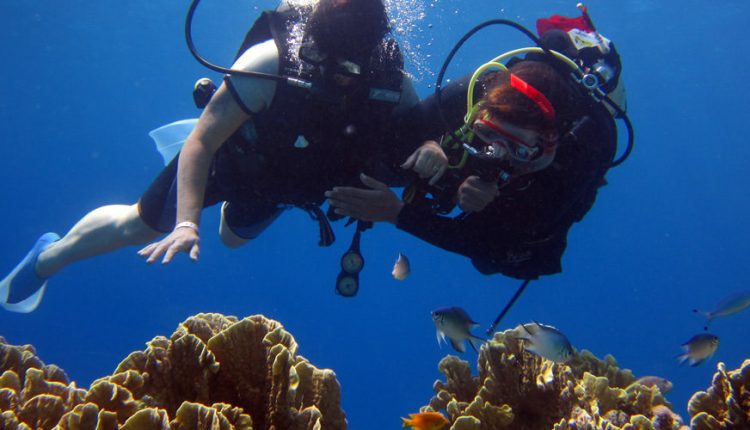Scuba Diving Do’s and Don’ts
If you have ever taken a sea cruise to the Caribbean or west coast around Catalina, you’ll recall how blue and clear the water was. It is the perfect location for underwater enjoyment.
If you were into scuba diving, or maybe not, and the cruise offered an underwater expedition, you would want to sign up. A big (If). If you sign up, you would like to be in good physical condition, be an experienced swimmer, and, most of all, be Certified. Certification assures the cruise dive team you are a qualified Scuba Diver; the Grim Reaper also lurks underwater.
Scuba diving is one of the most incredible sports activities in the world, but specific knowledge is involved before entering your exciting journey.
Here are some Do’s and Don’ts connected with Scuba Diving.
Do’s
- Be in good physical condition and be Certified. Physical fitness and certification are the two most important aspects of diving, making your journey enjoyable and safe.
- Have a checklist. There are many items to consider, but these are the most important ones to ensure you have before leaving home.
Mask, Diving Fins
Weight belt
Regulator and Octopus
Compass
Dive Light with backup
Dive knife
Dive watch
Air Tank and backup
Dive flag
Spare mouthpiece
First Aid kit
Flare gun-don’t forget the flares! - Have a diving partner. This will make diving more pleasant and safe, especially if you get into trouble. Keep visual contact at all times, and try not to kick out your partner’s mouthpiece.
- Have a third person. It’s essential to have a third person along the top side. They should have a cell phone handy in case of trouble; they can also assist you when getting out of the water.
- Take along an underwater camera and underwater light and backup. You’ll want to show your friends and family pictures of your beautiful underwater adventure.
Don’ts
- Please don’t drink and Drive. Intoxication can put a diver in a compromised position. One is the inability to use common sense and make rational judgments, especially when it involves safety involving yourself and your partner. Leave the booze at home to enjoy while you are viewing your pictures.
- Forget telling someone where you are going and when you return.
- Eat a big meal before making your dive. You should wait at least two (2) hours after eating before you make your dive. Diving on a full belly can put you in a dangerous situation. It not only creates the possibility of acquiring cramps but also possible upchucking in your mouthpiece, making it difficult to breathe.
These are just a few Do’s and Don’ts connected with Scuba diving.
Here are a few topics in my Tid-Bits section you might be interested in.
Tid-Bits
Ancient carvings from centuries B.C. revealed Assyrian soldiers crossing rivers using inflated goatskins. This is the only documentation that inflated goatskins might have been used as breathing devices. I’ll leave this to the reader’s imagination.
Leonardo de Vinci made the first known mention of an underwater breathing device. (UBD) around the 15th century. He described it as Bad Human Nature and gave no details as to how it worked, mainly because the (UBD) could be used to sink ships and even commit murder.
Waterproof goggles were first introduced in France in the 1930s. Guy Gilpatrick invented them to keep the salt water out of your eyes at the surface. Thanks, Gil.
The L.A. Co. Dept. of Parks and Recreation offered the first Scuba Certification course in the USA. Albert Tillman and Bev Morgan introduced the program.
It was 1956 before wetsuits became available to the public.
